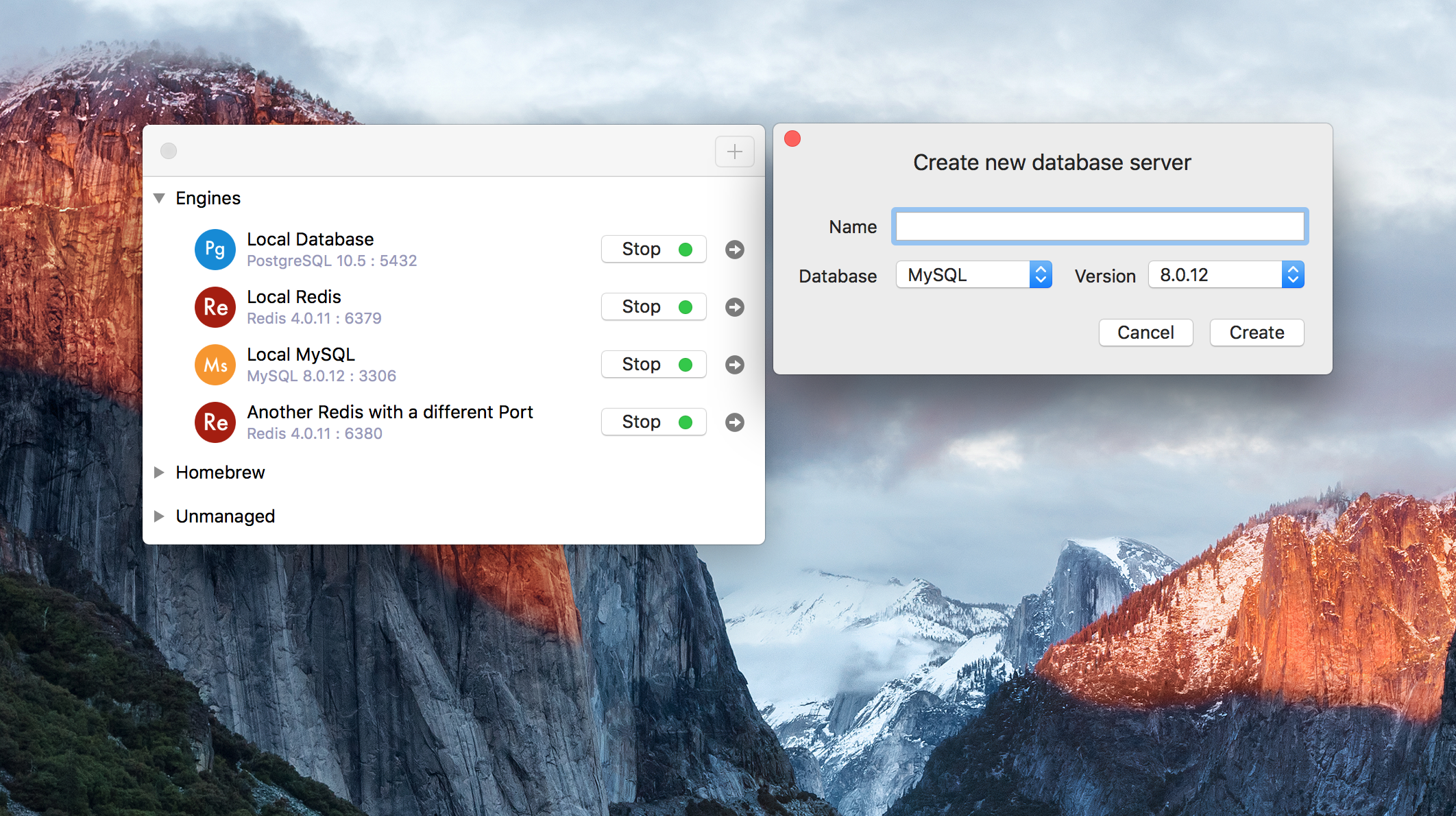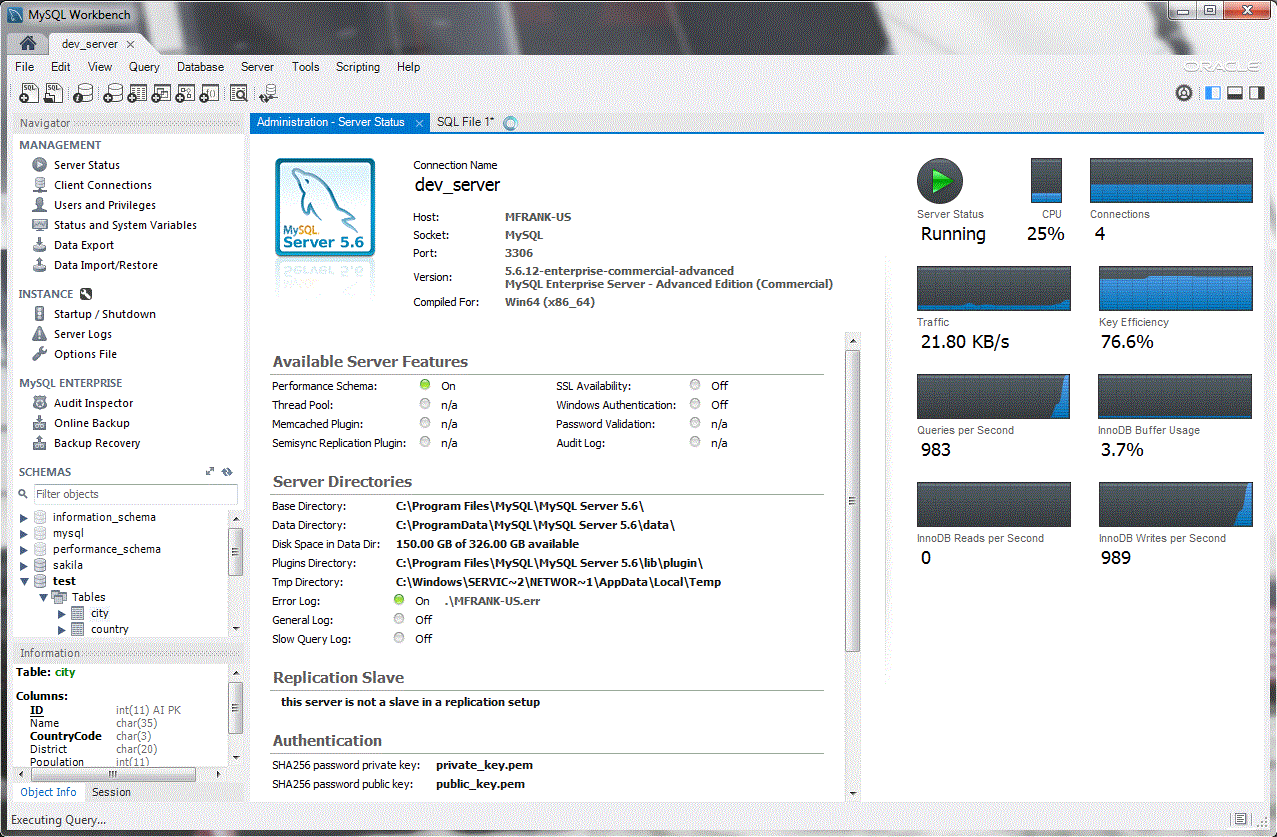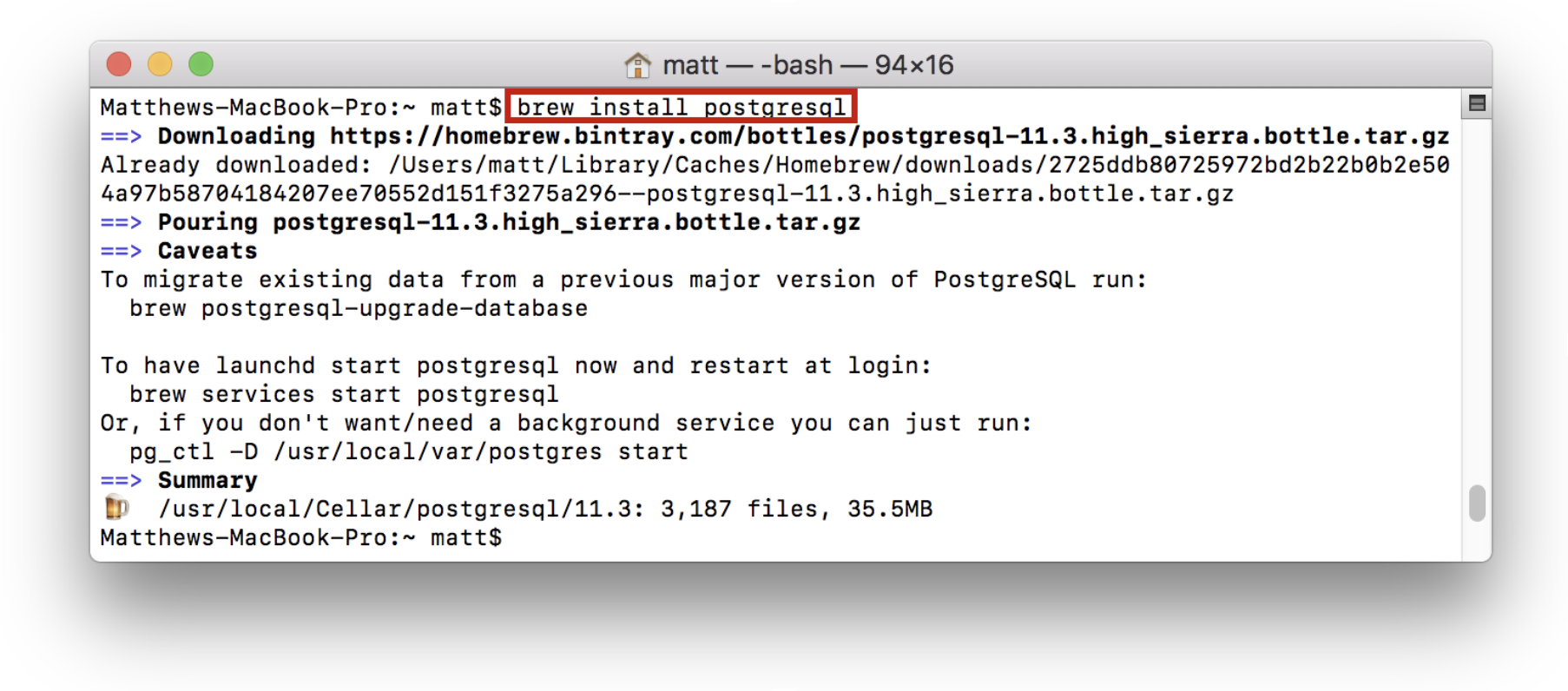

- #Database for mac os x how to#
- #Database for mac os x install#
- #Database for mac os x update#
- #Database for mac os x zip#
Ln -s ~/lib/libclntsh.dylib.18.1 ~/lib/libclntsh.dylib For example:Ĭp /opt/oracle/instantclient_18_1/libclntsh.dylib.18.1 ~/lib/Ĭp /opt/oracle/instantclient_18_1/libclntshcore.dylib.18.1 ~/lib/Ĭp /opt/oracle/instantclient_18_1/libons.dylib ~/lib/Ĭp /opt/oracle/instantclient_18_1/libnnz18.dylib ~/lib/Ĭp /opt/oracle/instantclient_18_1/libociei.dylib ~/lib/
#Database for mac os x zip#
#Database for mac os x how to#
Sqlplus Refer to your application's installation instructions for how to use
#Database for mac os x update#
Package to the same directory as the Basic package and then update yourĮxport PATH=~/Downloads/instantclient_19_8:$PATH


Start postgresql and use a log file pg_ctl -D /usr/local/var/postgres -l /usr/local/var/postgres/server.This copies the contents of all currently mounted Instant Client. Stop postgresql: pg_ctl -D /usr/local/var/postgres stop -s -m fast Here are a few more commands that you can find useful: To quit psql, type the following command: \qīy now, you should have a working postgresql server with PostGIS support enabled. Let’s check if we have PostGIS support: SELECT PostGIS_Version() To enable PostGIS, execute the following command: CREATE EXTENSION postgis If everything goes well, we should see the psql command prompt: We’ll use the psql command line utility to connect to the database that we’ve just created: psql postgis_test Let’s call it postgis_test createdb postgis_test If that’s a fresh installation, we need to initialize the database cluster: initdb /usr/local/var/postgres Let’s check if postgres is running: export PGDATA='/usr/local/var/postgres' pg_ctl status In the terminal, run: pg_ctl -D /usr/local/var/postgres start To Start the server, we will use the command line utility pg_ctl. Once again, homebrew will inform us about the progress:
#Database for mac os x install#
To install PostgreSQL open the terminal and run the following command: brew install postgresīy default the postgresql server will be installed under: /usr/local/var/postgresīack in the terminal run: brew install postgis

We’ll use Homebrew to install the required packages, so make sure you have Homebrew installed on your system. In this tutorial, we will see how to install PostGIS on Mac OS X. It is at the core of CartoDB and plays nicely with QGIS, Tilemill / Mapbox Studio and GDAL. PostGIS can handle large amounts of data. PostGISis a powerful extension to the PostgreSQL database that adds support for geometry types and geospatial functions such as point, line, polygon, distance, area, union, intersection, etc.


 0 kommentar(er)
0 kommentar(er)
